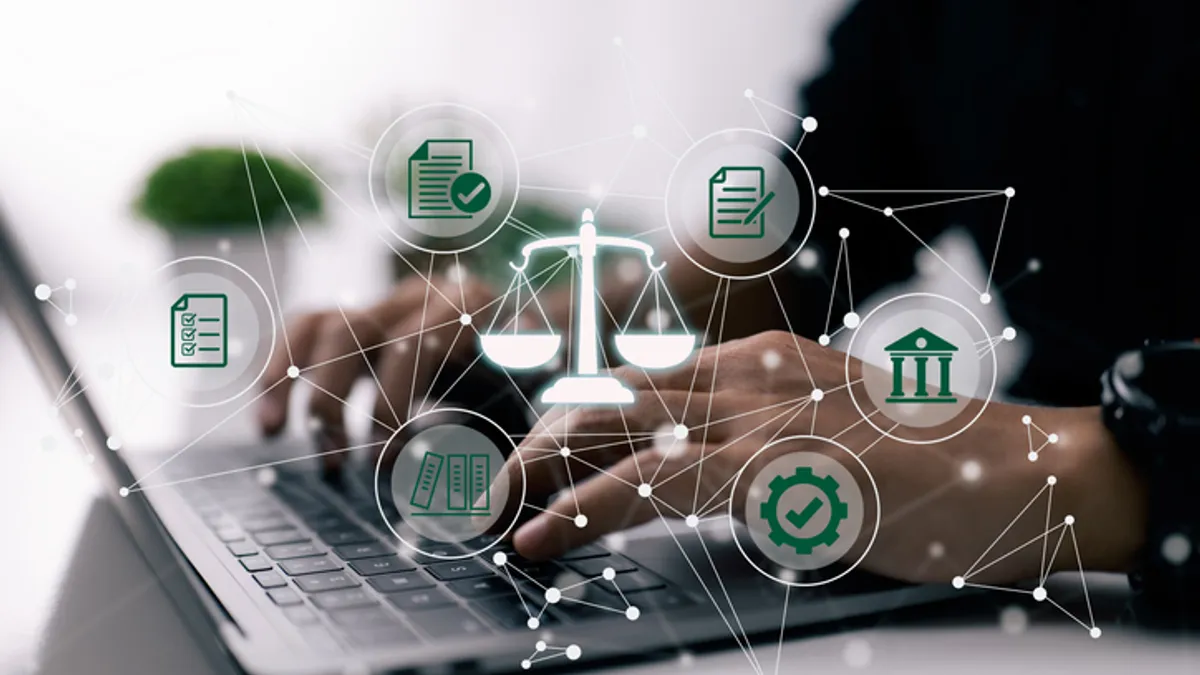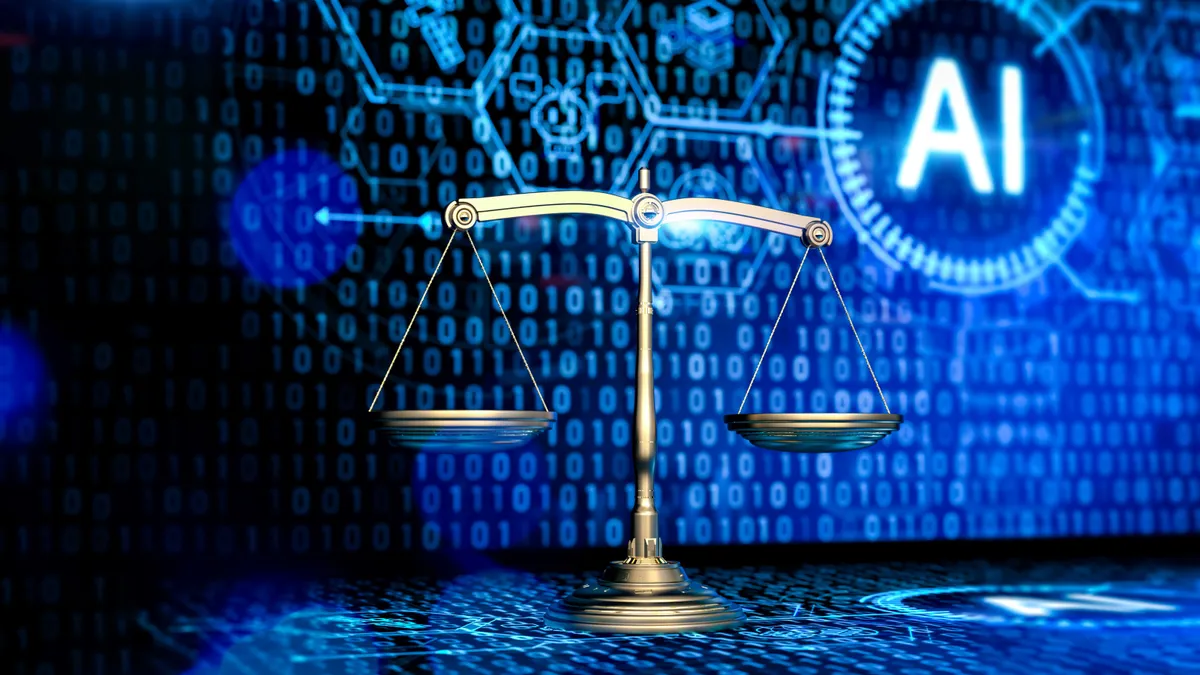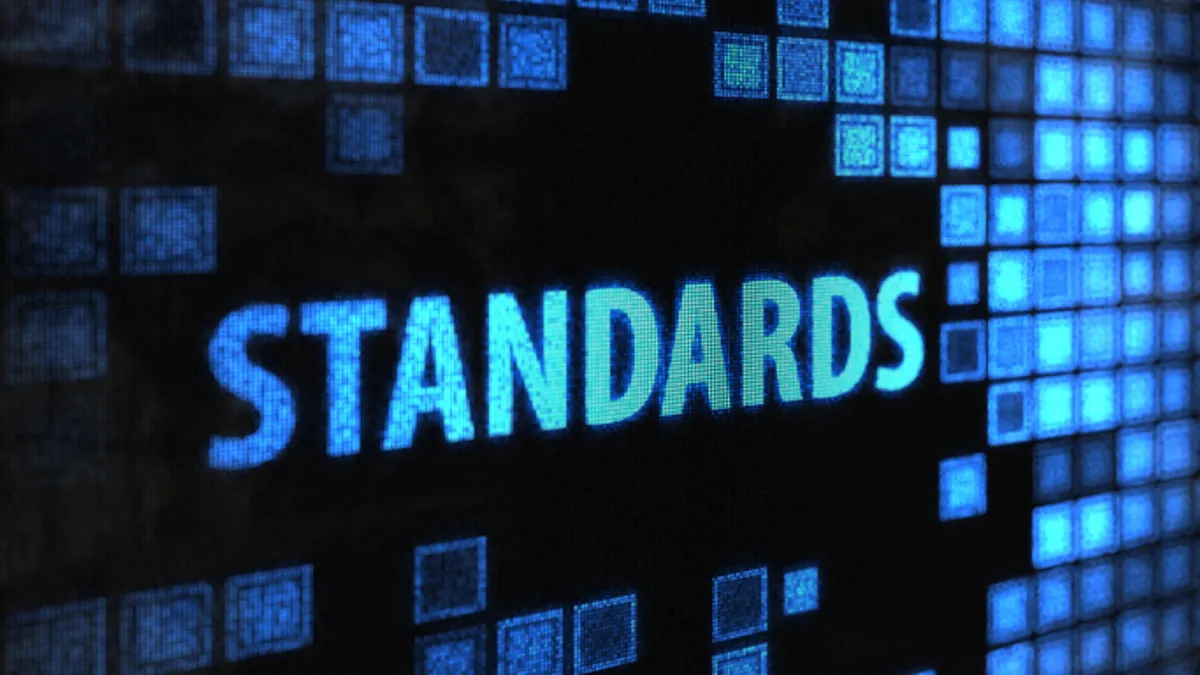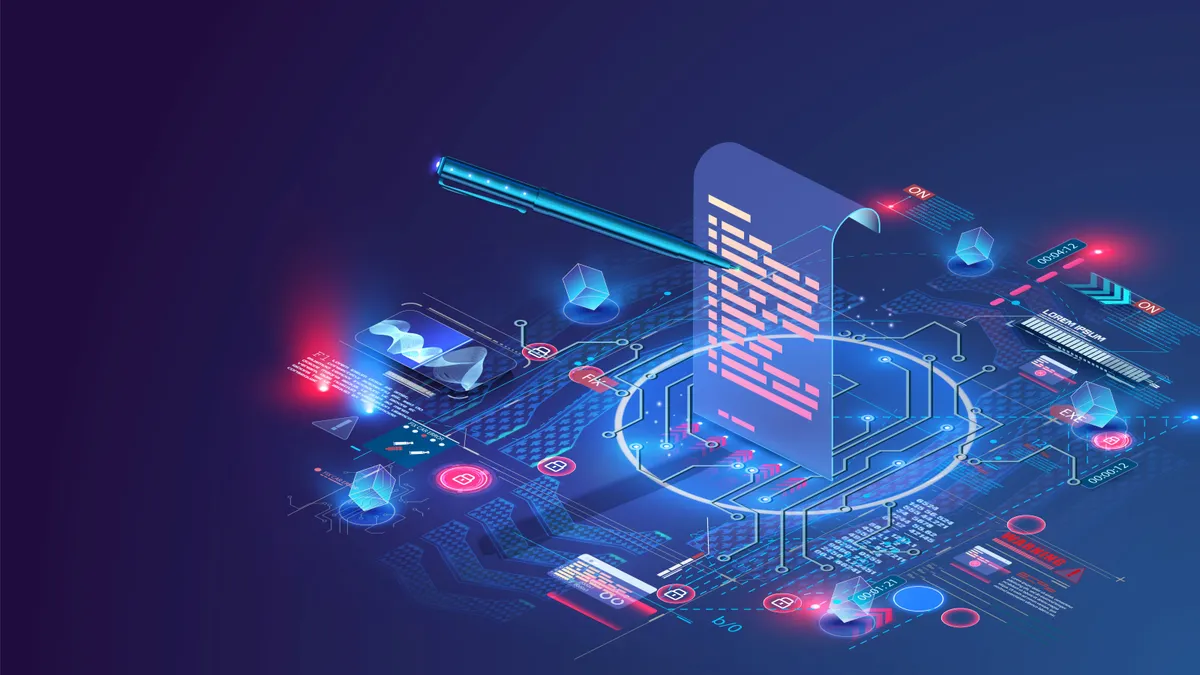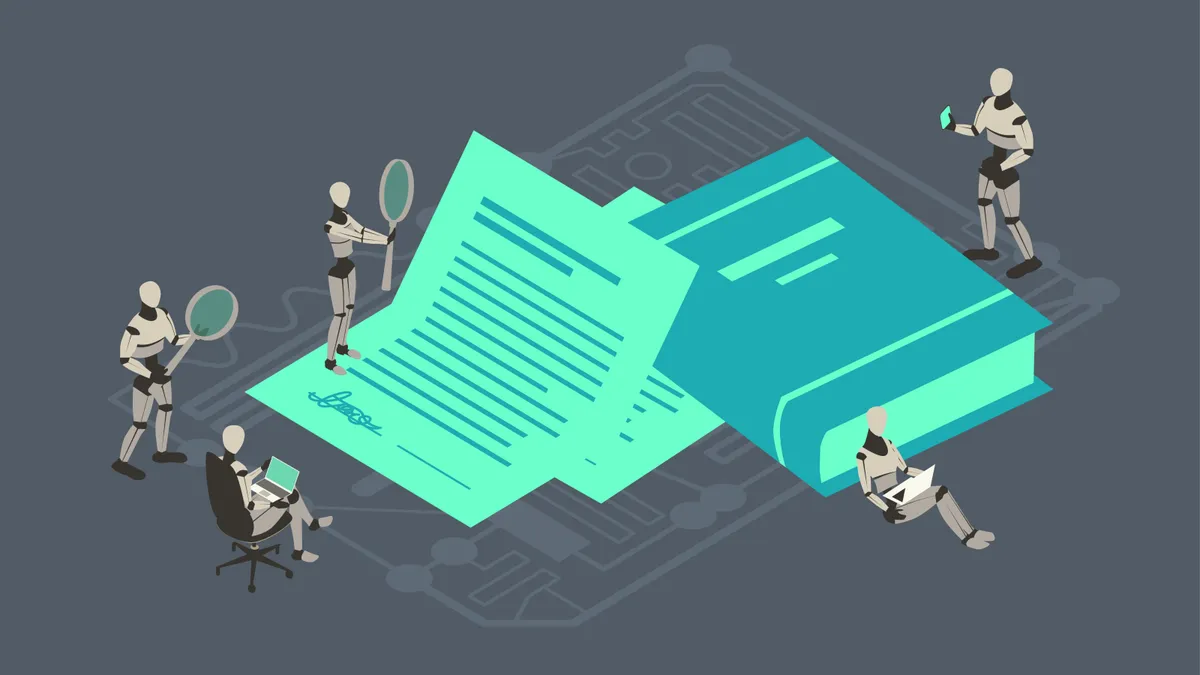In-house legal teams that use generative AI tools in their work regularly remain few but that doesn’t mean the new technology isn’t transforming how general counsel see their role in their organization, legal operations specialists say.
“They’re looking at GenAI as something that will allow them to step outside the bounds of the law department and support their desire to be strategic business enablers,” Prashant Dubey, chief strategy officer at business process software company Agiloft, said in a Corporate Counsel Business Journal webcast. “That means identifying ways to drive faster deal cycles, faster revenue recognition.”
Getting involved in these business areas is a relatively new discipline for legal, and it’s still mostly aspirational, Dubey said. Only about 5% of general counsel in a CCBJ survey say their team uses GenAI regularly.
But that’s poised to change: about 25% say they’re finding ways to use it sporadically and another 25% say they’re at least talking about how to use it.
“More than half are at least making it part of regular conversation,” said Dubey.
“If your department’s not using it on a regular basis, don't feel bad; most people are still trying to figure out what to do,” said Brian McGovern, executive director of corporate legal and claims solutions at legal software company Mitratech.
Exploring use cases
Part of what’s driving GCs’ ambitions is peer pressure; chief revenue officers and chief marketing officers, among others in the C-suite, are reporting back to the CEO with ways they’re using the new technology to boost business. So, GCs feel they need to come back with ideas of their own to at least boost productivity. That way, although their team is still a cost center, they can at a minimum say they’re working more efficiently.
“I’ve seen that pressure from the C-suite, asking for them to get inquisitive and report back and figure out a use case or two,” said Liz Lugones, vice president of professional services at Mitratech.
Absent that pressure, they’d still be looking for ways to leverage the technology, if only because that’s all they hear about from other legal leaders.
“They’re going to industry conferences every day, where their peers are saying, ‘This is how we’re exploring it,’” said Dubey. “Same with legal ops; everyone’s talking about how they’re exploring GenAI. Yes, they’re being asked to demonstrate to their peers what they’re doing. But they’re also being proactive.”
“[Fear of missing out] is real,” said Lugones. “You don’t want to be that GC talking to another GC that you haven’t been informed, or you’re not exploring it.”
The key to speeding up deal cycles and revenue recognition, among other ways to help the business, is in capturing the data that legal generates and using AI to analyze it for answers.
If contract negotiations snag on a provision, for example, AI can go into the company’s clause library and, if an alternative can’t be found that both sides can accept, it can propose a new clause to serve as a starting point for getting negotiations back on track.
“GenAI [can] create a bespoke provision that could fit, that humans could consider a possible replacement for the redline,” Dubey said.
That can cut deal time down considerably, getting revenue into the system more quickly.
Early days
But there’s still a long way to go before this kind of business support can happen. Even in most global corporations, the legal department still operates as it always has, with much of the data that’s contained in contracts largely out of reach of analysis as part of an automated system.
“Ninety percent-plus of organizations still don’t have a single source-of-truth depository of fully executed contracts with metadata to extract,” said Dubey. “That’s table stakes for contract management. Global companies are still saying, ‘We save contracts in a shared file. We don’t have them in one location where we can quickly identify what our obligations are or know which contracts are active or expired.’ So, we’re talking about exciting things with AI, but day-to-day reality is just doing the job.”
One of the next big areas that GenAI can help the general counsel conquer is legal intake. Serving internal clients with legal advice remains one of the biggest roles of in-house legal, but for most organizations, that entire process is outside of analysis because most requests, and the back and forth that follows, still happen over email. But as more technology companies come out with workflow systems, in which legal requests are managed as part of a single workflow, all that data can be captured and analyzed.
“It’s no longer anecdotal – ‘I think I saw this trend,’” said Lugones. “It creates that front door, centralizing that request for information and the back and forth. By extracting all of that data, it can be a business enabler. ‘You have a training opportunity here. You have a lot of risk here. Or you have a lot of issues on the IP side of the house.’ Whatever it’s going to be. By leveraging the data that’s coming out of the workflow technology, you have greater power and validity to have these conversations at the C-suite level.”








